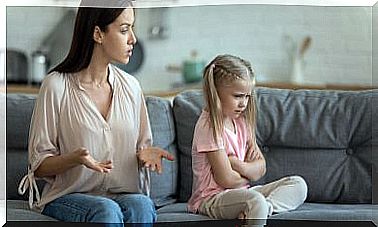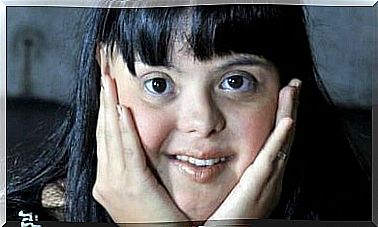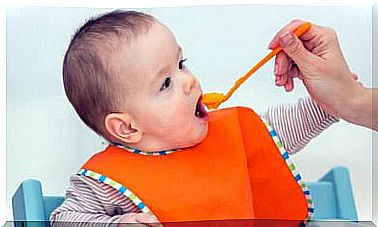Childhood Bronchiolitis: How To Treat It
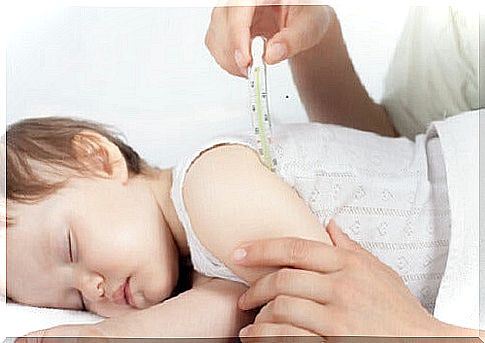
When the cold season arrives, constipations, flu, bronchiolitis and bronchitis soon appear in all the houses where you have small children. Among all of them, bronchiolitis is one of the infections that most worries us parents because it can be complicated and become a serious problem for children.
Bronchiolitis is an infection of the lungs and respiratory system of a child, usually under 2 years of age. It can be caused by various kinds of viruses. An infection that can appear at any time of the year but most commonly appears from November to March or April.
The virus that most frequently causes bronchiolitis is the so-called Respiratory Syncytial Virus, commonly known by its acronym RSV, but it can also be due to other less frequent viruses such as influenza viruses, parainfluenza, adenovirus and metapneumovirus.
Most children are sick for a week and then recover without any problems. But you have to be careful because in some children this infection can lead to respiratory problems in the future.
Many children after suffering from bronchiolitis, have colds with symptoms similar to those of initial bronchiolitis such as cough with or without fever, shortness of breath and wheezing in the chest. In addition, specialists point out that children who have had bronchiolitis during the first months of life, then during the rest of childhood and adolescence, have a greater risk of developing asthma than children who have never had bronchiolitis.

Symptoms of bronchiolitis
At first, bronchiolitis looks like a regular cold with a runny nose, cough, or fever for two to three days. Most of the time the child improves but may begin to cough more and breathe more quickly and with difficulty. In this case we have to be careful that the child does not get worse and if this happens, take him to the emergency room as soon as possible so that he can be seen as soon as possible.
One of the ways to verify that it is getting worse is to see if the child’s ribs are marked and if the abdomen rises and falls in an exaggerated way. Wheezing or noises are also often heard when the child breathes. Surely the bronchi are clogged by inflammation and by the mucus secreted by the disease itself and for that reason the child is getting worse.
It is important to be aware of the child’s illness at all times and take him to the emergency room if we see that it is getting worse. You have to be very attentive to symptoms such as if the child’s skin turns purple, especially around the lips or on the fingertips.
Avoid contagion
Bronchiolitis can be spread like a simple cold through contact with secretions such as saliva or mucus. For this reason, children under two years of age are very easily infected. They can also be spread by objects that other sick children touch at daycare or in the park, such as tissues or toys.
A good measure is to wash your hands before touching your child at school and at home. The child can also be kept away from anyone who is sick or cold. If possible, try to prevent the child from exchanging toys, pacifiers, glasses or eating utensils with children with colds.
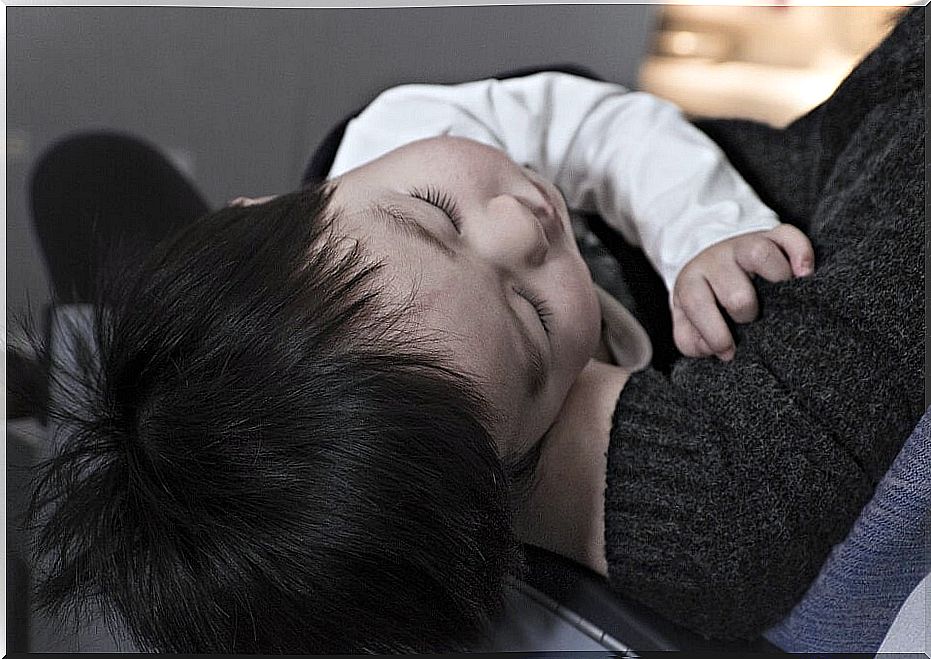
How to treat bronchiolitis
Unfortunately, there is currently no medicine to cure bronchiolitis. Antibiotics do not work to treat bronchiolitis because it is caused by a viral infection, and these medications are only effective for bacterial infections.
In most cases it is a disease that evolves well and only measures are usually needed such as lowering the child’s fever and keeping him well hydrated, ensuring that he drinks water frequently. It is also helpful to keep the child upright in bed or on armchairs so that they can breathe better. It is good to put serum in the nose to loosen the mucus.
Remember that you should always consult with your pediatrician before giving any treatment or medication. When the child worsens, he may require hospitalization. In this case, do not hesitate and go immediately to the emergency room to the nearest hospital if you observe any worsening symptoms in the child.




